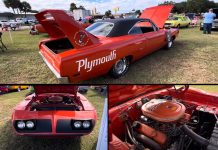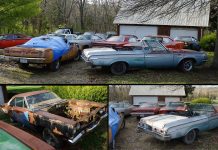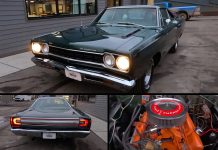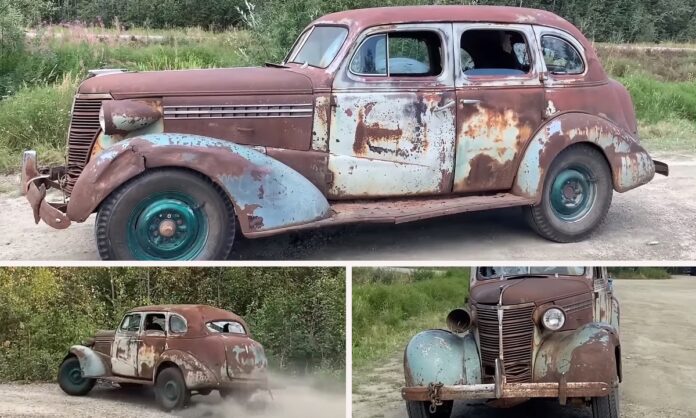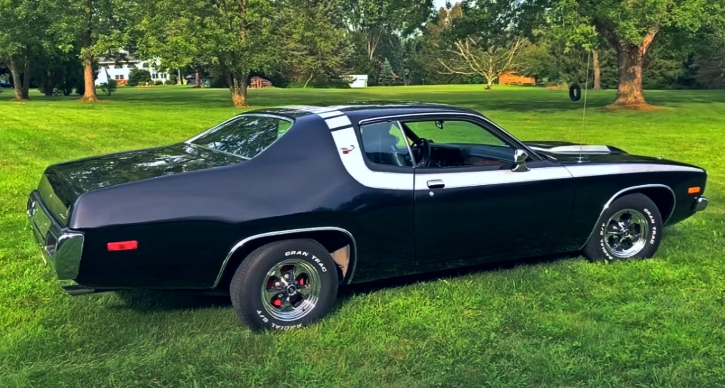Exploring Chevrolet’s Iconic Master Series
When pondering iconic Chevrolets, models like the Tri-Five from 1955 and the Deluxe series likely come to mind. However, the Chevrolet Master, introduced in 1933, holds the distinction of being one of the earliest truly iconic Chevrolets.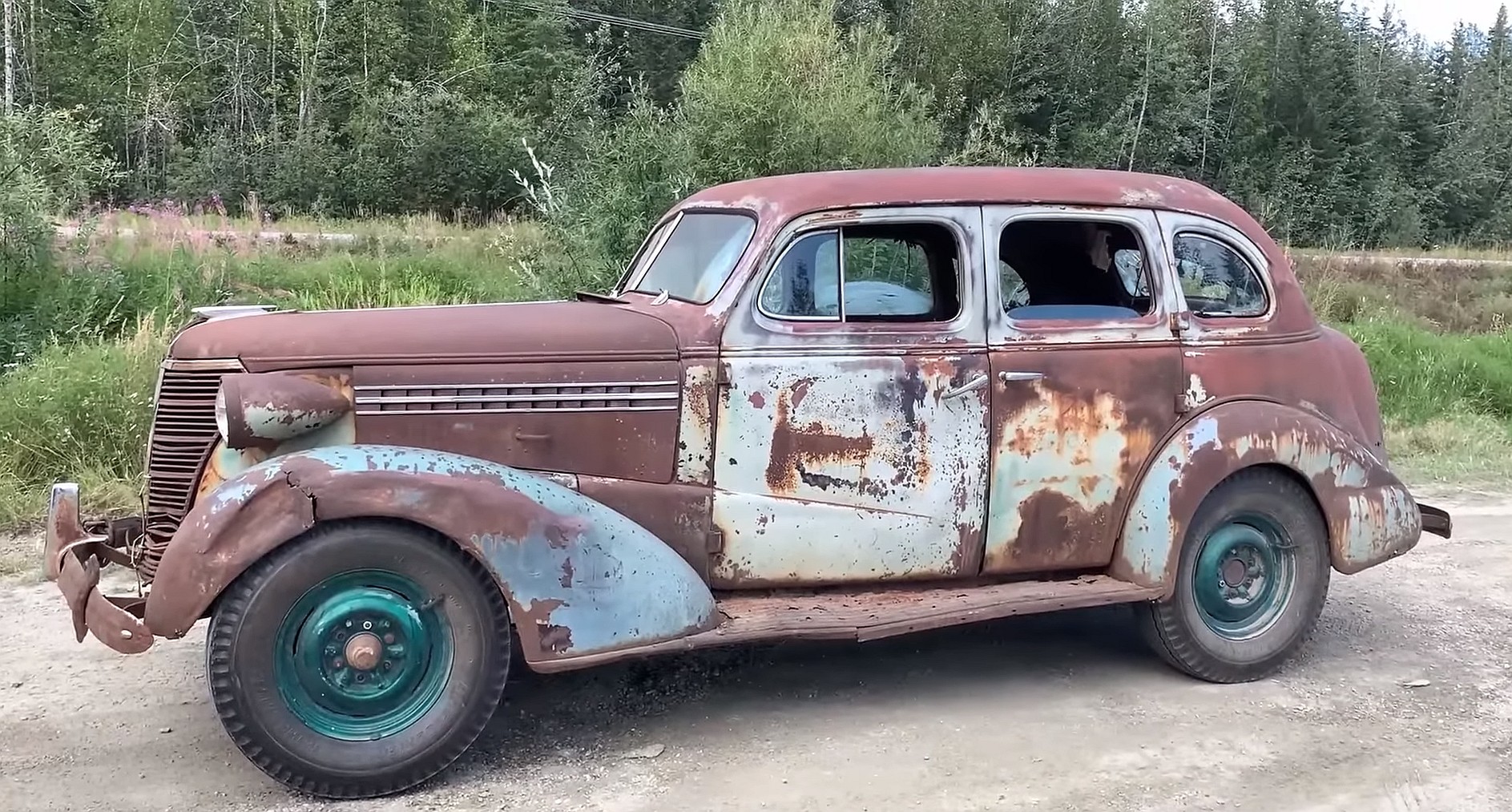
The Master’s Prolific Production
Debuting in 1933 as a replacement for the Eagle, the Chevrolet Master enjoyed a lengthy production run until 1942, receiving updates each year. This iconic model was crafted in nine US factories and an additional six facilities across Canada, Asia, Africa, South America, and Europe. It even marked the final Chevrolet to be exported to Japan in knockdown kits. Notably, Toyota utilized reverse engineering to replicate the 1933 Master’s engine for its inaugural production car, the AA.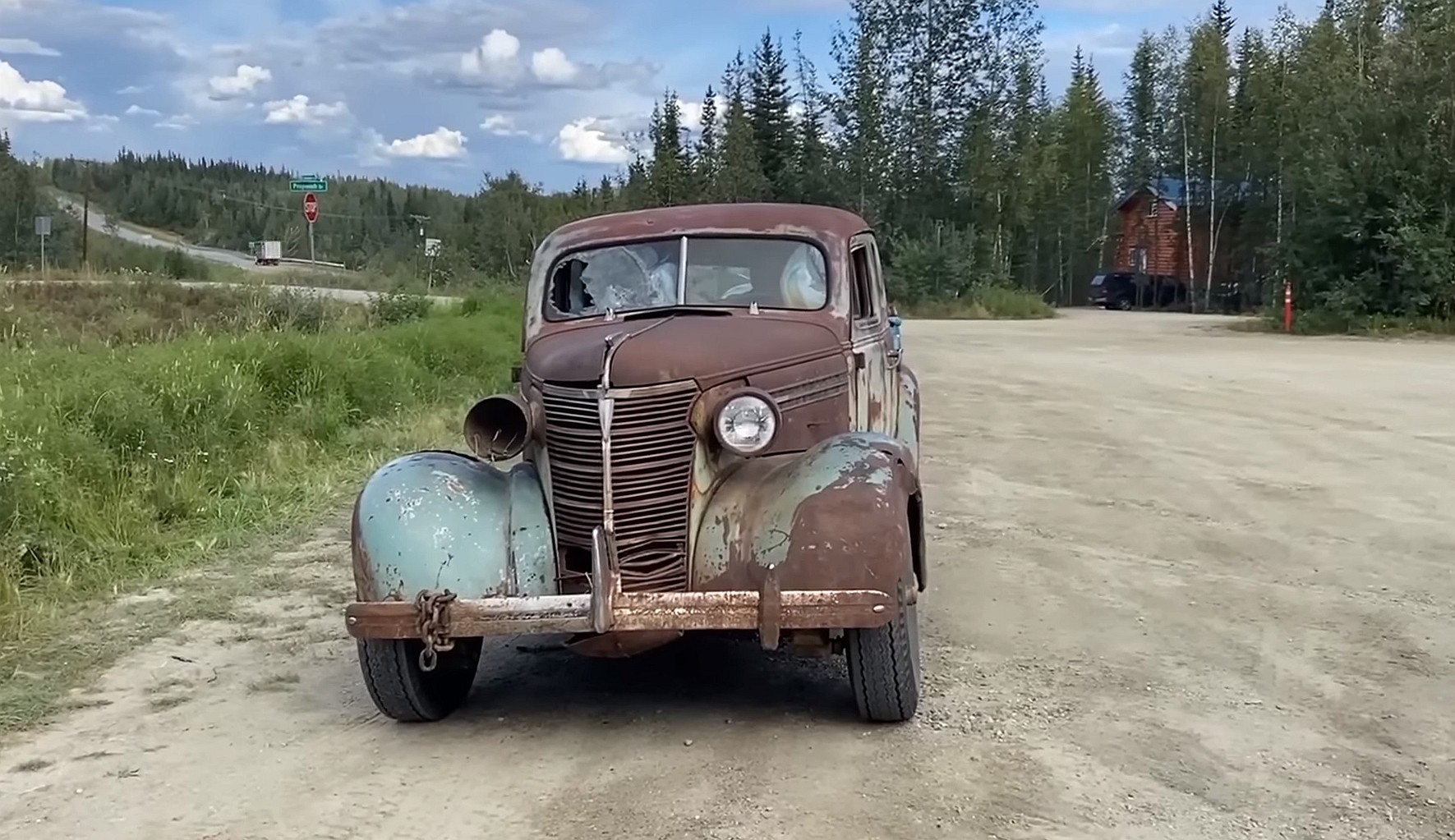
Diverse Body Styles and Immense Popularity
The Master was available in an array of body styles, encompassing coupes, cabriolets, sedans, and pickup trucks, captivating a broad audience during its era. Chevrolet’s sales figures attested to its popularity, with nearly half a million units sold in 1933, surpassing the million mark in 1934, and hitting over 900,000 units in 1936. In total, Chevrolet assembled approximately five million Master models by 1942.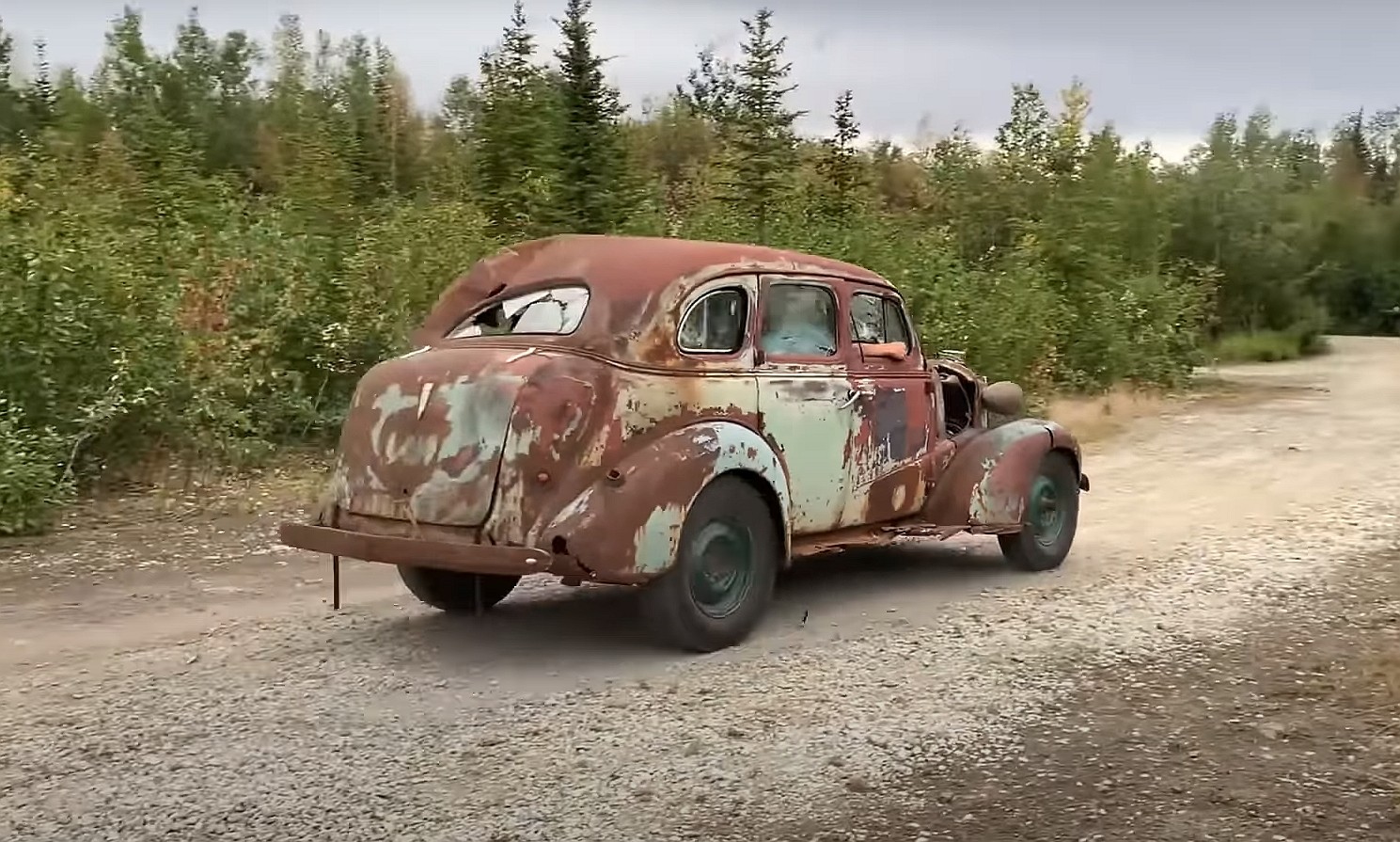
Scarce Survivors and the Significance of Restoration
Given the limited survival rate of cars from the 1930s and early 1940s, many of these automotive classics have faded into obscurity. While some have undergone restomod transformations, there remains a scarcity of vehicles restored to their original factory specifications, as well as untouched, authentic survivors.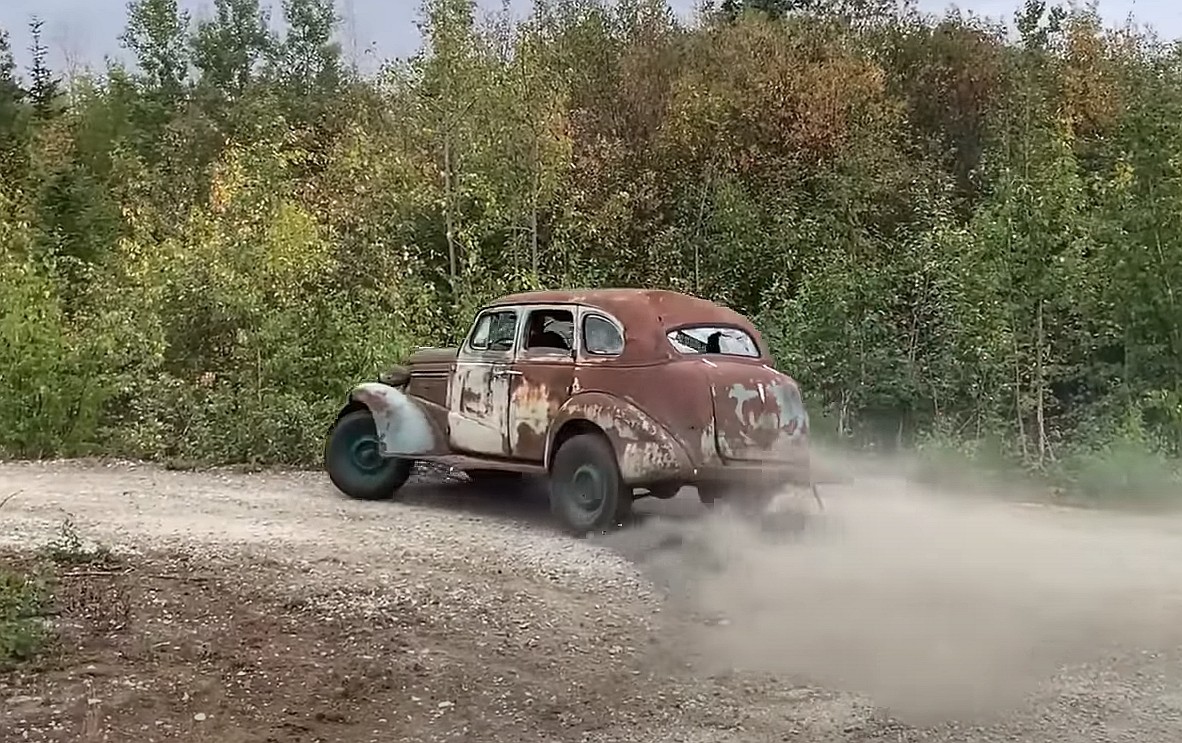
A Remarkable Resurrection
Hence, any instance of a rust-covered relic emerging from storage and returning to the road is a cause for excitement. A 1938 Chevrolet Master Deluxe, documented by YouTube’s “BackyardAlaskan,” embodies such a revival.
The Astonishing Revival
This four-door Master Deluxe, last on the road in the early 1970s, defied expectations by receiving a second lease on life after nearly half a century of dormancy. Despite its significant rust issues, a damaged roof section, and an interior in dire condition, the host’s determination led to its resurrection. Notably, the old engine was coaxed back to life, an impressive feat for a powerplant that had not consumed a drop of gasoline in half a century. Most astonishingly, the Master was not merely resuscitated but also taken for a spin around the workshop.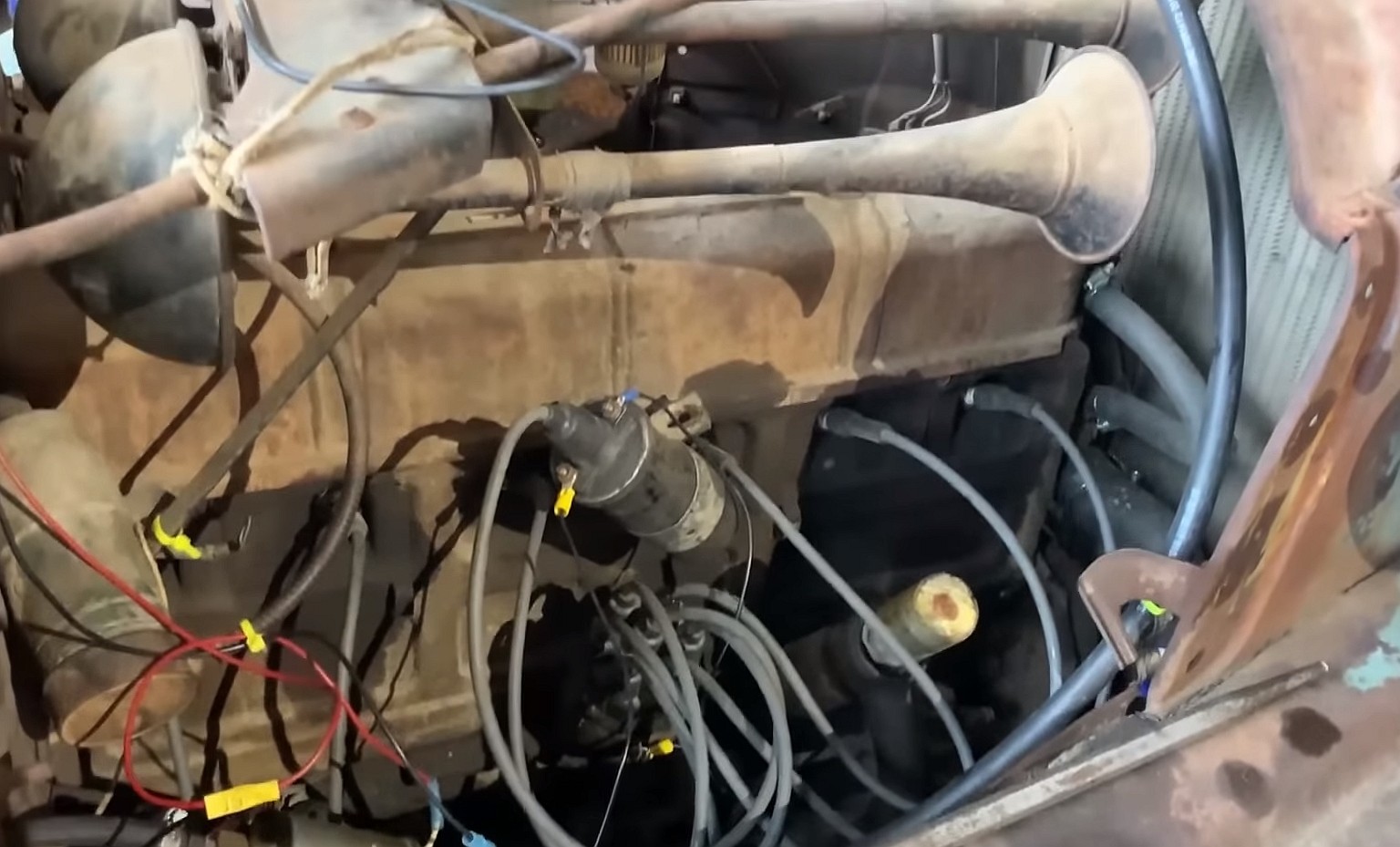
Rediscovering the 1938 Master Deluxe
For those less acquainted with the 1938 Master, this Art Deco-inspired Chevrolet was equipped with a 216-cubic-inch (3.5-liter) six-cylinder engine. The Master Deluxe variant boasted independent suspension, a groundbreaking feature introduced by Chevrolet in 1937. In 1938, Chevrolet sold 465,158 Master models, including 302,726 Deluxe editions. The showcased four-door specimen represents one of the 76,323 sedans manufactured.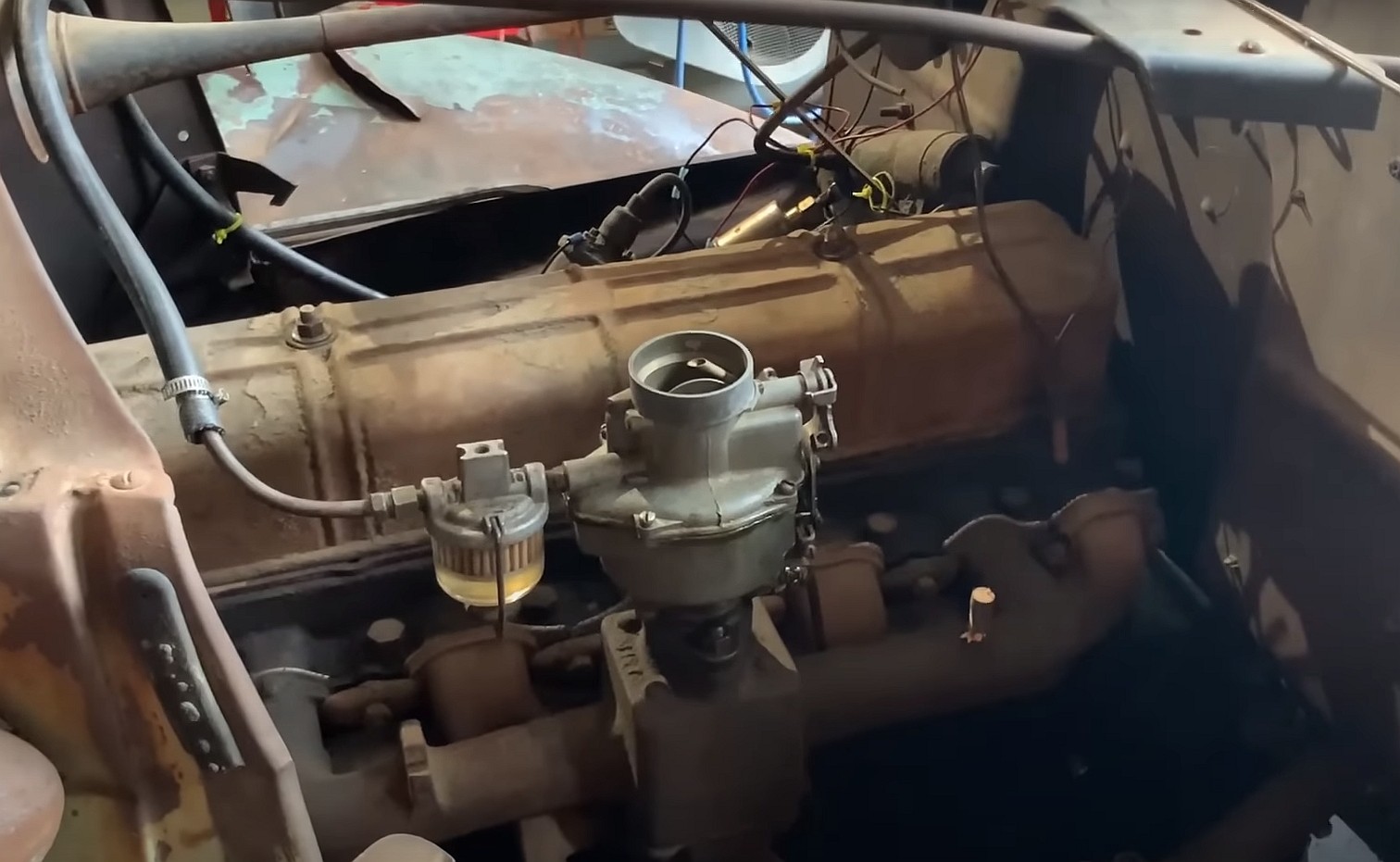
Celebrating Automotive Preservation
While the 1938 Master Deluxe may not possess the rarity of some other Chevrolet classics from its era and lacks the desirability of a Tri-Five Bel Air, witnessing the revival of such an elderly survivor is undeniably remarkable. One can only hope that this Master Deluxe is destined for a meticulous restoration, preserving its storied heritage for generations to come.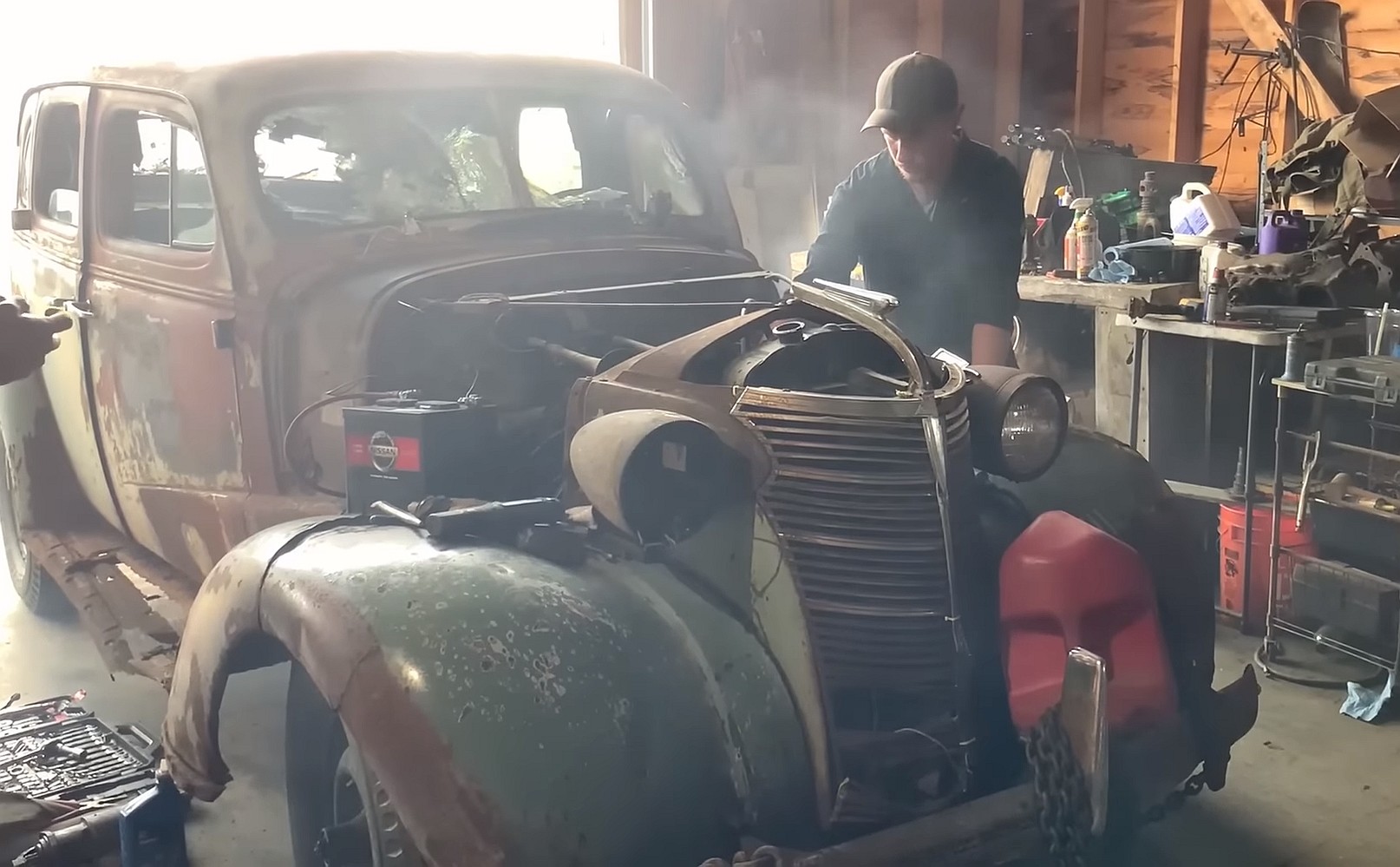
FAQs:
Q1: When was the Chevrolet Master introduced, and what purpose did it serve?
A1: The Chevrolet Master made its debut in 1933, serving as a replacement for the Eagle model.
Q2: How long was the Chevrolet Master in production, and were there any yearly updates?
A2: Production of the Chevrolet Master continued until 1942, with annual updates and revisions throughout its lifespan.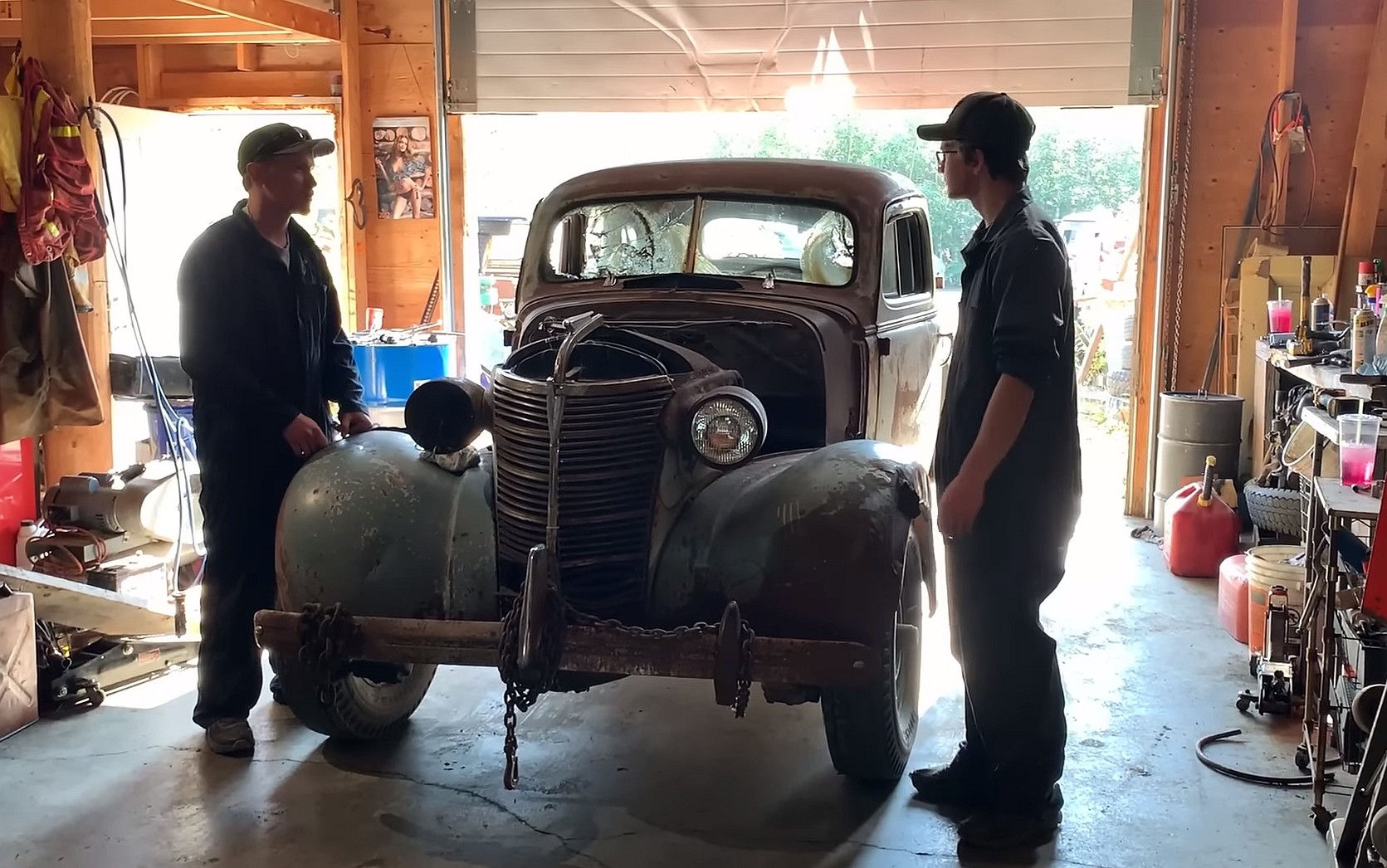
Q3: Can you provide details about the production and global presence of the Chevrolet Master?
A3: Chevrolet crafted the Master in nine factories in the US and six additional plants worldwide, including Canada, Asia, Africa, South America, and Europe. It was the last Chevrolet exported to Japan in knockdown kits.
Q4: What were the notable body styles offered for the Chevrolet Master, and how popular was it during its prime?
A4: The Chevrolet Master was available in various body styles, including coupes, cabriolets, sedans, and pickup trucks. It achieved significant popularity, with sales figures reaching nearly half a million units in 1933, over a million in 1934, and more than 900,000 in 1936.
Q5: Why is the restoration of such vintage automobiles significant?
A5: Vintage automobile restoration is crucial because it preserves automotive heritage, ensuring that these classics continue to be appreciated by future generations. It allows for the retention of original factory specifications and showcases the craftsmanship of bygone eras.



